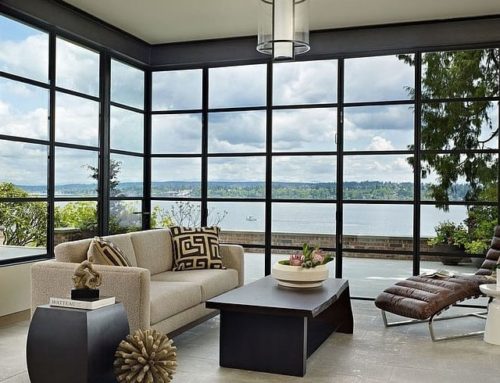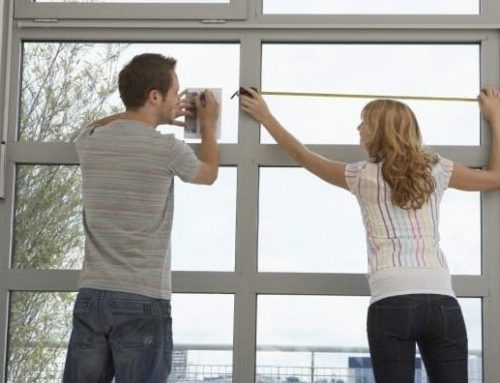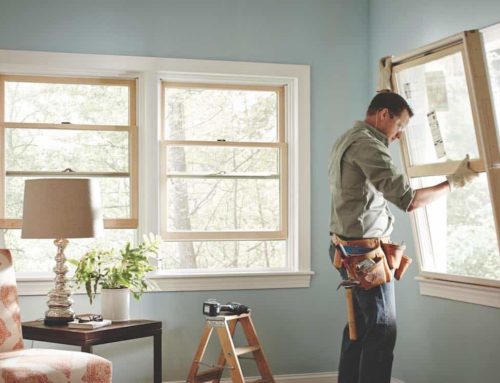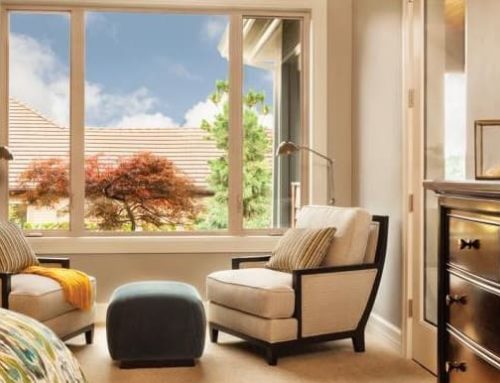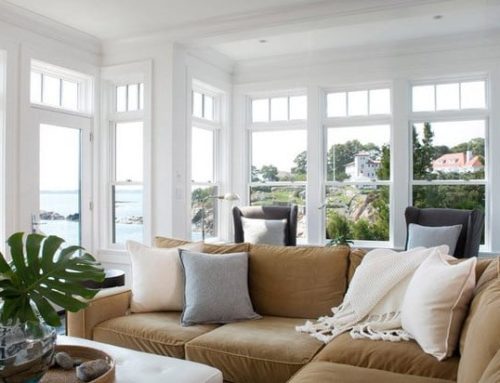Table of Contents
This guide discuses low-emissivity glazing, R-values, and high performance glass among other details related to glass windows. Normal glass is known for allowing free movement of heat between the outdoors and indoors.
Free movement of heat through the window reduces the overall energy efficiency in a home during both summer and winter. The major concern is losing heat during winter since you want to keep as much heat as possible within the home.
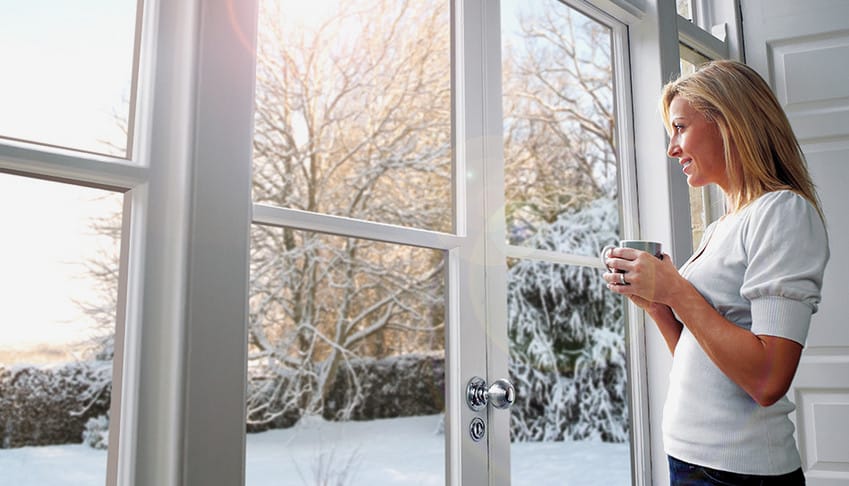
However, summer presents its problems too since too much heat inside a home will mean constant air conditioning, thus more energy bills. Glare would also make a room feel uncomfortable.
Luckily, modern window glazing comes with high performance glass that enhances energy efficiency by reducing heat loss from the home during winter and reducing heat gain into the home during summer. These windows also reduce glare. This guide will assist you when buying these windows.
The performance of these windows is typically measured using U-values and R-values. Other measures include “light transmittance” which refers to the amount of light that the glass allows, “shading coefficient” which refers to the glare allowed through glass and the “UV value” which refers to the ultraviolet light that the glass allows to pass through it. You can discuss with your supplier about the value and properties available.
Understanding U-Values and R-Values
Different types of windows have different energy efficiency ratings. Hence, there are two types of measures of heat loss and these are the U-value and R-value. Windows with more efficiency have a higher R-value whereas the U-value is lower.
R-value: This refers to thermal resistance, which is a material’s ability to resist flow of heat. If the R-value is higher, then it means that the material is more efficient in resisting heat flow. Single glazed windows offer an insulation value measures around R-1 while double glazed windows offer twice the R-value, which is R-2.
Glass comes in different types and the type you go for will determine the R-value. Hence, buying high-performance glass will mean higher R-values and thus more energy efficiency.
U-Value: The U-value rating refers to the rate at which heat is lost. Basically, this value is the rate at which heat escapes through the window per hour. A window has two different U-values, whereby one rates the frame and the other rates the glass. A lower U-value means more energy-efficiency.
Typically, choose glazing with a higher R-value if you desire to reduce heat transfer. If you want to enjoy maximum natural lighting, then go with glass that has higher light transmittance rating. For reducing glare, then go with the one whose light transmittance rating is lower.
Cutting heat gain would work well with glazing that has a higher shading coefficient value. Glazing using glass that has higher UV value is ideal in protecting your furniture and fittings from harmful UV rays during a sunny day.
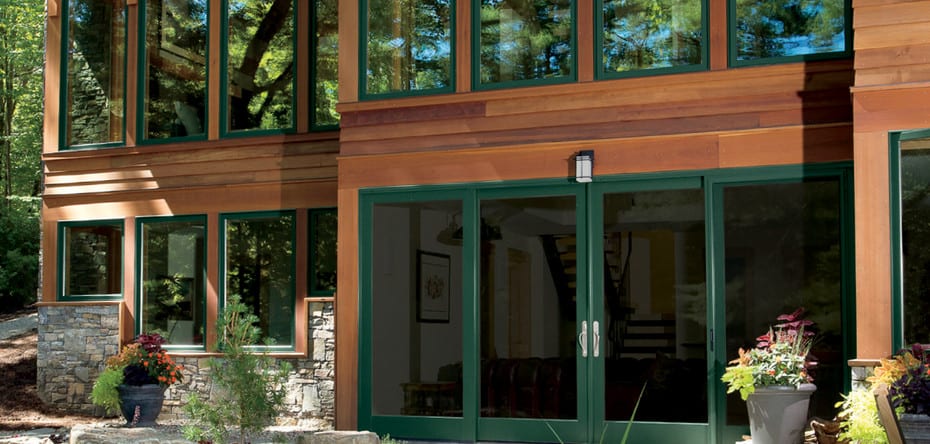
Types of Glass for Windows
Typical insulating glass comes with dual or triple panes that are glazed together and separated by a small air space. The dual glazed ones are the standard insulating glass being used today, but triple-glazed ones have better performance, but they’re more expensive and heavier to handle when installing them. Here are the options you would have with insulating glass:
-
Low-Emissivity and Insulating Glass
Low-e glass comes with an almost invisible metal coating for blocking solar radiations. This makes it possible to protect furnishings and carpets from fading due to harmful UV rays.
The super versions of these windows come with two low-emissivity coatings for achieving greater insulation values as high as R-8. More efficient variations of these windows have the air space between the panes filled with argon gas.
This is a non-toxic, colorless, natural gas that enhances the insulation capabilities of dual glazing by about twice what a normal dual-glazed window can do.
-
Reflective Glass and Tinted Glass
Windows with tinted glass reduce glare and heat from sunlight significantly. They also reduce ultraviolet rays that tend to discolor floors, carpets, and furniture. It achieves these capabilities by absorbing incoming solar radiation.
Like the name suggests, tinted glass windows are relatively dark unlike clear glass. Hence, it is able to reduce visible light. This type of glass comes in different tint shades and colors, each with a different effect. Bronze and gray tints are the most popular types of tints.
The two variations reduce light and heat equally. Green and blue tints allow for more light while black ones absorb more sunlight and less heat.
Reflective glass is efficient in reducing solar gain. This type of glass looks like a mirror from the outside. Since tinted glass typically absorbs some light, it doesn’t have a mirrored appearance like the reflective type.
However, don’t block too much natural light. In case you block a lot of natural light, then you will require constant artificial lighting throughout the day and this translates to higher energy bills.
If your existing windows have clear glass, and you still want to enjoy the benefits of blocking UV rays and heat, and enhancing privacy without replacing the windows, then you invest in window films.
They are thin sheets of plastic that can be easily applied on glass to improve the efficiency of the window. There are different types of these films. They can be tinted films for privacy, blocking ultraviolet rays, and blocking heat.
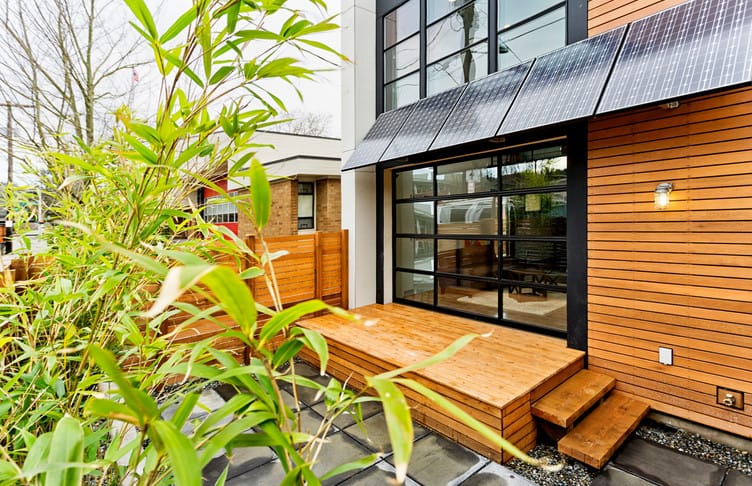
-
Safety Glass
This type of glass is specially designed for use on areas where you may walk into glass or get injured by sliding doors or windows. Most building regulations require use of this type of glass in situations such as:
- Windows that are within 18-24 inches from the floor
- In railings
- Along staircases
- In bi-fold, sliding, and swinging doors
- On showers, saunas, bathtubs, and such other areas
Always check with local building regulations regarding such regulations. (https://www.agga.org.au/technical/glass-standards)
Safety glass can be wire-reinforced, laminated, or tempered. For instance, tempered glass crumbles when broken. Wire-reinforced or laminated glass is usually held together using a layer or wire or plastic such that it does not crumble if broken.
-
Specialty Glazing
This type of glass comes with many decorative possibilities. For instance, it can be stained, beveled, etched, or leaded. Ornamental glazing is also possible with specialty glazing.
It can even be hydrophilic coated to shed water quickly such that a rainstorm would clean the window. Others are impact resistant such that they enhance the safety and security of a property since it is more difficult to break them.
-
Divided Lites
These are multi-paned type of windows that have either real or faux divided panes. They are an ideal choice for homes that have a traditional style. Those that have real glazing bars, whereby the glass panes are divided but authentic, are more challenging to clean and are relatively more expensive than those that have snap-in wooden grilles.
You may also invest in windows that come with integral shades. Others are double-paned with some mini-blinds installed between the panes. These options are ideal for reducing heat gain and glare during a hot day.

